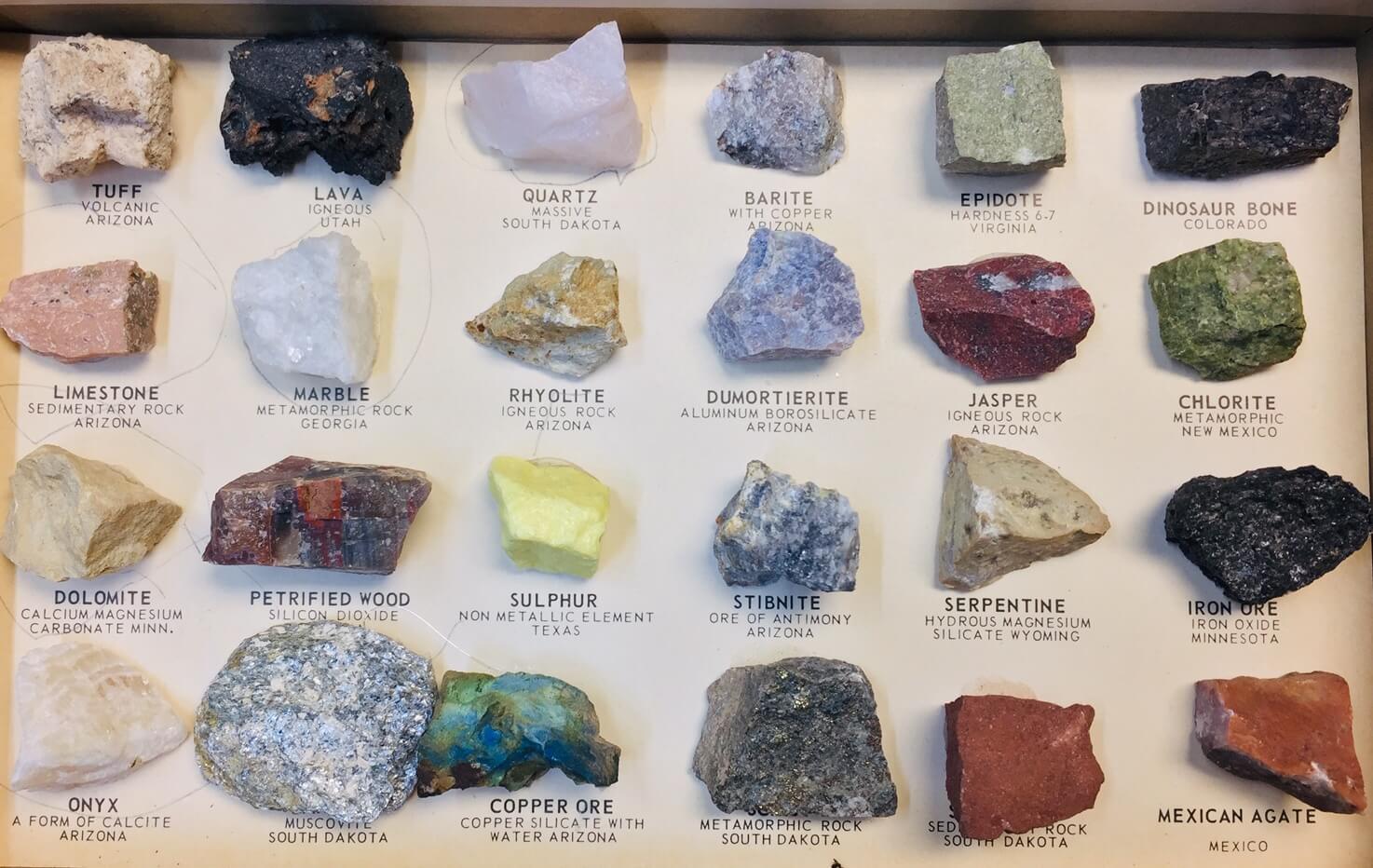The Earth's crust is a treasure trove of geological wonders, with rocks holding clues to the planet's ancient history. Among the various types of rocks, sedimentary and metamorphic rocks stand out for their unique characteristics and formation processes. In this article, we will delve into the intricacies of these rock types and explore how to differentiate between them.
- Understanding Sedimentary Rocks:
Sedimentary rocks are formed through the accumulation and lithification of sediments over time. These sediments can be derived from the erosion and weathering of pre-existing rocks, organic remains, or chemical precipitates. To identify sedimentary rocks, consider the following key features:
- Stratification: Sedimentary rocks often exhibit distinct layers or bedding planes, indicating the deposition of sediments over time. These layers may vary in color, texture, or composition, reflecting changes in environmental conditions during deposition.
- Fossils: Sedimentary rocks frequently preserve fossils, providing valuable insights into past life forms and environments. Fossilized remains of plants, animals, or even microscopic organisms can be found within sedimentary rock layers.
- Grain Size and Sorting: Sediments within a sedimentary rock can range from fine clay particles to coarse sand grains. Additionally, the sorting of grains within the rock can indicate the energy of the depositional environment. Well-sorted sediments suggest a calm and stable environment, while poorly sorted sediments indicate a more energetic and turbulent setting.
- Unraveling the Mysteries of Metamorphic Rocks:
Metamorphic rocks, on the other hand, undergo profound changes due to heat, pressure, and chemical reactions within the Earth's crust. These transformative processes can occur deep underground or along tectonic plate boundaries. To distinguish metamorphic rocks, consider the following characteristics:
- Texture and Mineral Alignment: Metamorphic rocks often exhibit a foliated or non-foliated texture. Foliated rocks display parallel alignment of minerals, resulting in distinct bands or layers. Non-foliated rocks lack this alignment and typically have a more uniform appearance.
- Recrystallization: Metamorphism involves the recrystallization of minerals, leading to the formation of new mineral assemblages. This process can result in the development of unique textures, such as the interlocking grains of marble or the elongated crystals of schist.
- Index Minerals: Certain minerals are indicative of specific metamorphic conditions. For example, the presence of garnet suggests high-pressure conditions, while the presence of staurolite indicates medium-grade metamorphism. Identifying these index minerals can provide valuable clues about the rock's history.
Conclusion:
Distinguishing between sedimentary and metamorphic rocks requires careful observation and analysis of their distinct characteristics. Sedimentary rocks reveal the Earth's past environments and contain fossilized remnants, while metamorphic rocks provide insights into the intense forces that shape our planet. By understanding the key features outlined in this article, you can embark on a fascinating journey through the geological wonders of the Earth's crust.
